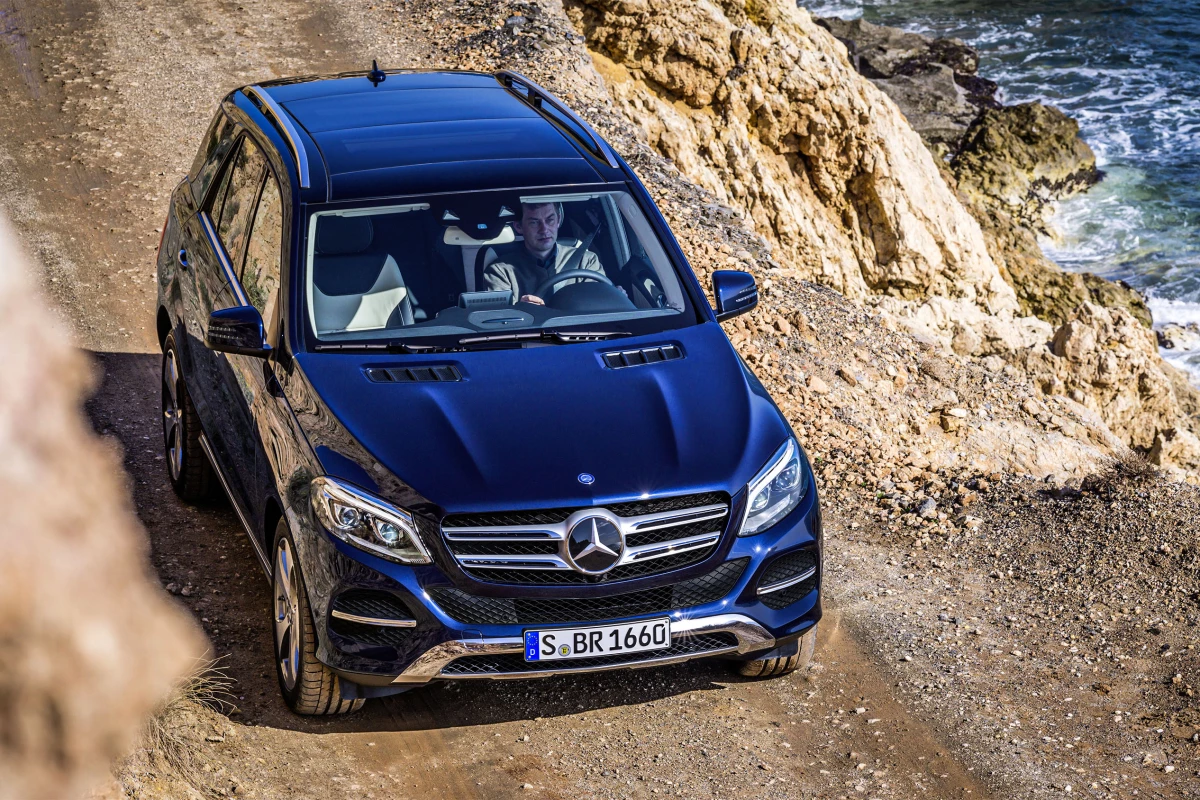Mercedes-Benz has unveiled a list of research programs and future technologies it's working on – including a "new kind of solar paint" it says could generate enough energy for up to 20,000 km (12,427 miles) of driving per year under ideal conditions.
We've seen a few companies toying with the idea of integrating solar panels into the bodywork of electric vehicles – notably the "months without charging" Lightyear 0, the 3-wheeled Aptera Solar EV, and Scania's solar-panel-covered semi-trailer.
But what if the entire painted surface of the car could capture solar energy?
Solar paint is not a new idea in and of itself; there are a few different techniques, mainly within the research space, that allow photovoltaic material to be sprayed directly onto surfaces. Painting entire cars with it, however, would be quite a leap forward – and that's what Mercedes-Benz is talking about as part of a new "Pioneering innovations for the car of the future" presentation outlining some key research programs it's working on.

Here are the key claims distilled from the Benz press release:
- The solar paint would add just 5 micrometers (0.0002 in) of thickness and 50 g of weight per square meter (0.17 oz per square foot) to a standard paint job
- It would operate at around 20% efficiency
- An area of 11 sq m (118 sq ft), or roughly the painted surface of a mid-size SUV, "could produce enough energy for up to 12,000 km (7,456 miles) a year under ideal conditions" in Stuttgart, Germany
- That annual figure would be closer to 20,000 km (12,427 miles) in LA, or 14,000 km (8,700 miles) in Beijing
- It contains no rare earths, no silicon, no toxic or supply-limited materials
- It's recyclable
- It's "considerably cheaper to produce than conventional solar modules"
The company says that based on local solar intensity and its own data on daily driving habits, this solar paint could completely eliminate plug-in charging for the average EV owner in Los Angeles making their daily commute.
In the company's cloudier home of Stuttgart, where Benz drivers cover an average of 52 km (32 miles) daily, the paint would allegedly generate more like 62% of the required energy.

Mercedes-Benz doesn't outline exactly what the active ingredient is here, but we can take a guess. Based on the efficiency level, the thickness, the lack of rare earths and silicon, and the claimed low cost of the solar paint, we'd imagine it's probably a sprayable perovskite solution.
Perovskite has delivered higher efficiencies in the lab, and fits the rest of the profile. The chief issue over the last decade or so has been getting it to last long enough to be worthwhile, since it's proven vulnerable to water and ultraviolet light, ironically enough.
But there appear to be coatings that can make it much more robust – like the BondLynx adhesive from Canadian company XlynX, and another coating developed at Princeton University, which promises a lifespan up to 30 years. We're yet to see anything of the sort make it through to a commercial operation, even at small scale.
In the Mercedes-Benz solution, the solar coating would be applied directly to the car's body panels, with the color paint job sprayed right over the top. That'd protect the photovoltaics from grit, grime, carpark scratches, bird poop and most of the other indignities your car's paintwork endures – and the company says it's come up with a nanoparticle-based paint that'll let 94% of the solar energy through to be harvested by the solar coating underneath it.
Certainly, the idea of spray-on solar holds enormous promise – not just in EVs, but as a super-cheap way to turn large areas of roof or entire walls into energy-harvesting solar panels.
So while we're not holding our breath waiting for a solar-painted Merc to hit the showroom any time soon, we're certainly paying attention to sprayable perovskite and its enormous clean-energy potential.
Source: Mercedes-Benz







